Dog Food, the Story of Kibble
by Jennifer Wheeler
Have you ever wondered why your dog eats a bowl full of multicolored steak and bone-shaped nuggets instead of . . . well . . . a steak and a bone?
I recently fed raw chicken to my two pups in the presence of some friends and was amused, if not taken aback, by the slightly judgemental comments and questions it provoked. Feeding my dogs a varied diet, including raw meat, is a choice I have made knowing that it takes time, energy and mindfulness to ensure they are eating properly balanced and safe meals. But for many people, the very existence of a pet food industry undermines the validity of home-prepared meals. They believe that commercial pet food exists because dogs need to eat what is in the cans and in the kibble.
Being a skeptic, a researcher, and a curious pet owner I knew this not to be the whole truth. It is not my place nor my agenda to act as an advocate for any specific dog food diet. To the contrary, I think there are many ways to nutritiously feed dogs, including the use of commercial pet food. The purpose of this series of articles about dog food is, rather, to tell a surprisingly interesting story, to debunk some commonplace myths, to understand what’s in the cans, and to learn a little about the science behind dog nutrition so that you and I can make informed decisions about what we feed our four-legged loved ones.
Sheep’s Head Stew: The Demand for Convenience

In light of the time, energy and gross factor of creating nutritious (and fresh) dog food in a family kitchen, the growth of a commercial pet food industry seems like an obvious and inevitable next step.
Sailors and Their Biscuits: Market Protection
The first commercial dog food – the biscuit – is actually a re-purposed food, originally created for sailors as a non-perishable source of calories on long voyages. (I was quietly pleased when I read this. My father convinced me to eat a Milk Bone when I was six because he thought it was funny, but the joke’s on him now. Sort of).
To counter the problem of scurvy- sailors were not consuming enough essential vitamins – the flour, water and salt recipe for hardtack biscuits was supplemented with fats, meat, oatmeal and vegetables. The nutritious biscuits quickly caught on as a favorite treat of shipyard pups.

Industrial Revolution, Industrial Waste: The Supply and Technology
Biscuits were popular in Europe and the United States, but it wasn’t until the turn of the century and the Industrial Revolution that a pet food industry was born. Importantly, the Industrial Revolution provided the missing components for a booming business: a concentrated supply of meat and animal by-products, and the technology to inexpensively preserve food. Massive commercial slaughterhouses (think The Jungle) were the source of enormous quantities of animal products deemed not fit for human consumption. As unappetizing as they are to us though, organs, bones, heads and hoofs are highly nutritious and turning them into dog food was a solution that was beneficial for the dogs, better for the environment, and excellent for lining the pockets of industry tycoons. The second component, inexpensive preservation, came in the form of canning technology. For the first time an affordable and mass-produced pet food product was available to meet the pre-existing demand.
War Horse: More Supply, Bigger Industry

War Returns: New Technology
World War II produced another change in the pet food industry, and this time it wasn’t because of an abundance of anything, rather, it was due to a shortage of tin. The metal was rationed and restricted to military use, and for pet food companies this meant no more cans. The need for a new technology for dog food preservation was prescient, and companies began experimenting with producing dry dog food.
By 1956 the process known as extrusion or kibbling had been developed, and it is the same process used today to make dry dog food. Kibbling involves taking a combination of ingredients – meat meal, grains and vegetables – grinding them together, steaming the mix at high temperatures, then pushing (or extruding) the mixture through a die cut machine to create the little shapes we know as kibble. After the food dries, it is usually sprayed with a mixture of fats, flavors and vitamins to make the product appetizing and nutritious.
But Horses are our Friends: Ethics and Industry Secrets
By the 1950’s, Americans were coming around to the way we think about horses today, and they were voicing moral qualms regarding the use of horses for dog food. Horses are considered companion or working animals, more like pets than pet food, not akin to cattle and certainly not slaughterhouse material. The ethical shift was spurred by a 1952 New York Times story that revealed that half a million horses were being killed in the United States every year, some of the meat secretly being sold as beef to unaware consumers. Public outcry combined with Congressional legislation in 1971 prohibiting wild horses from being captured and slaughtered led the pet food industry to stop using horse meat in its products.
But making unavailable the cheapest (and very nutritious) source of meat for dog food caused new problems for the industry and for dog owners. Something has to go into those cans, and it isn’t sirloin and pork chops.

Part II: Dog Food, The Politics of Production
Part III: Dog Food, The Science of Dog Nutrition
About the author
Jennifer is a writer and graduate of NYU School of Law. Jennifer researches and writes original, science-based articles for the NYC Doggies blog, and her writing on other topics can be found in the Huffington Post. Jennifer and Ovidiu have co-authored the upcoming book, WHOLE DOG PARENTING: EVERYTHING YOU NEED TO RAISE AND TRAIN AN URBAN PUP
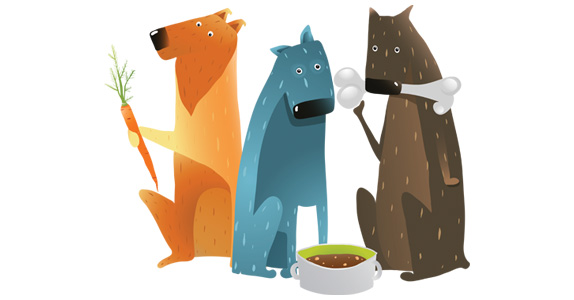
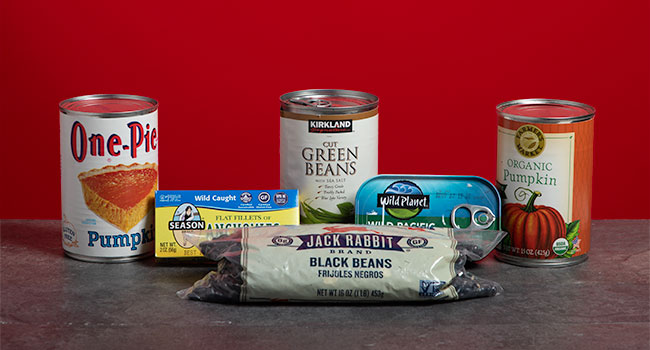

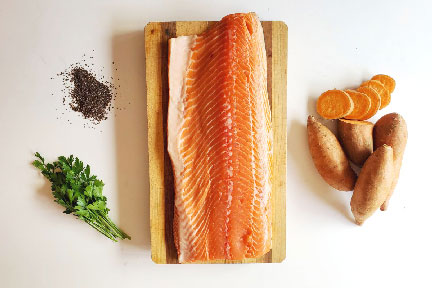
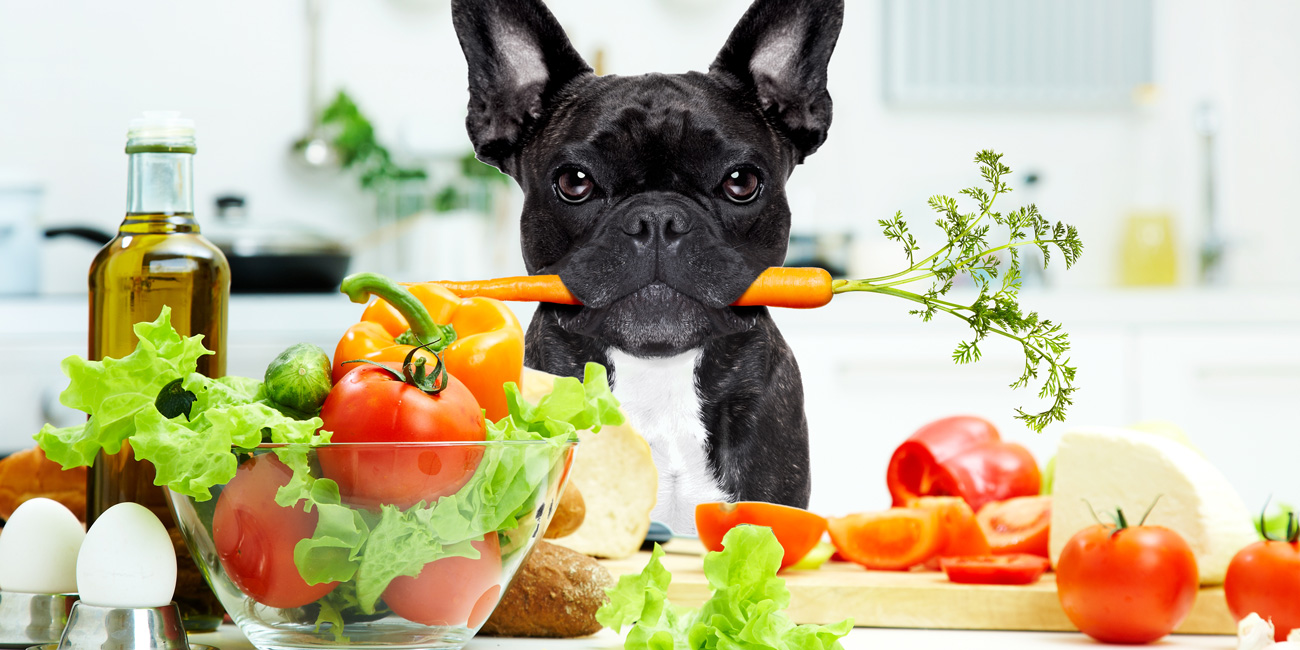
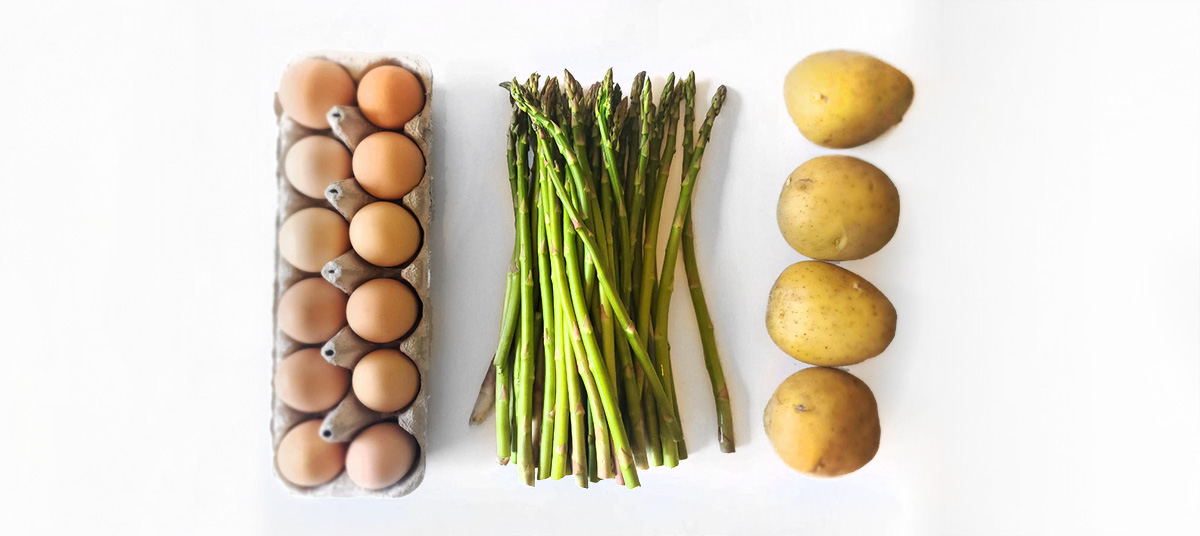
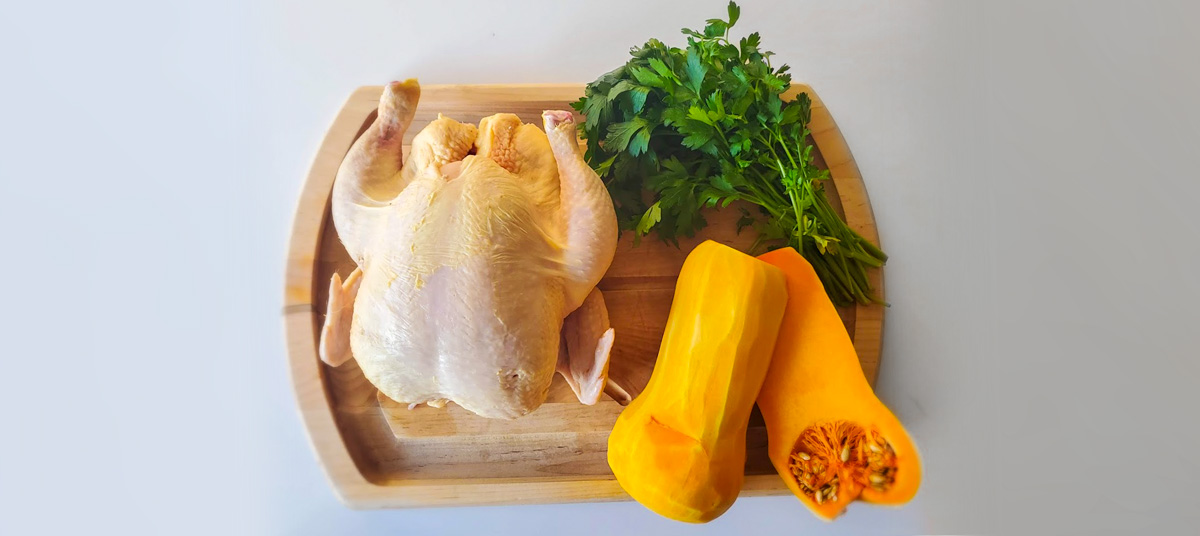
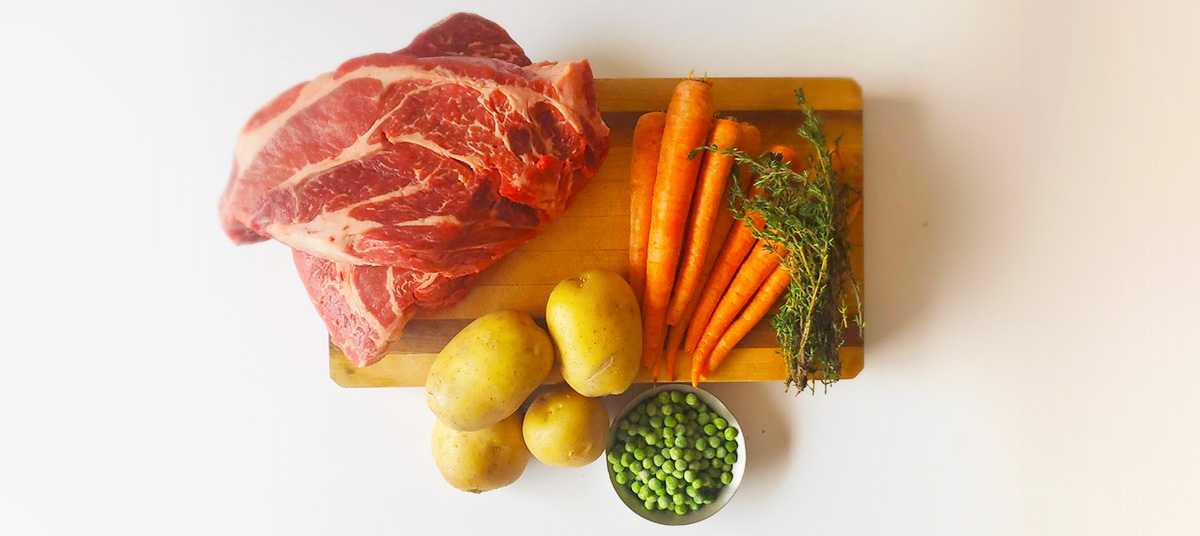

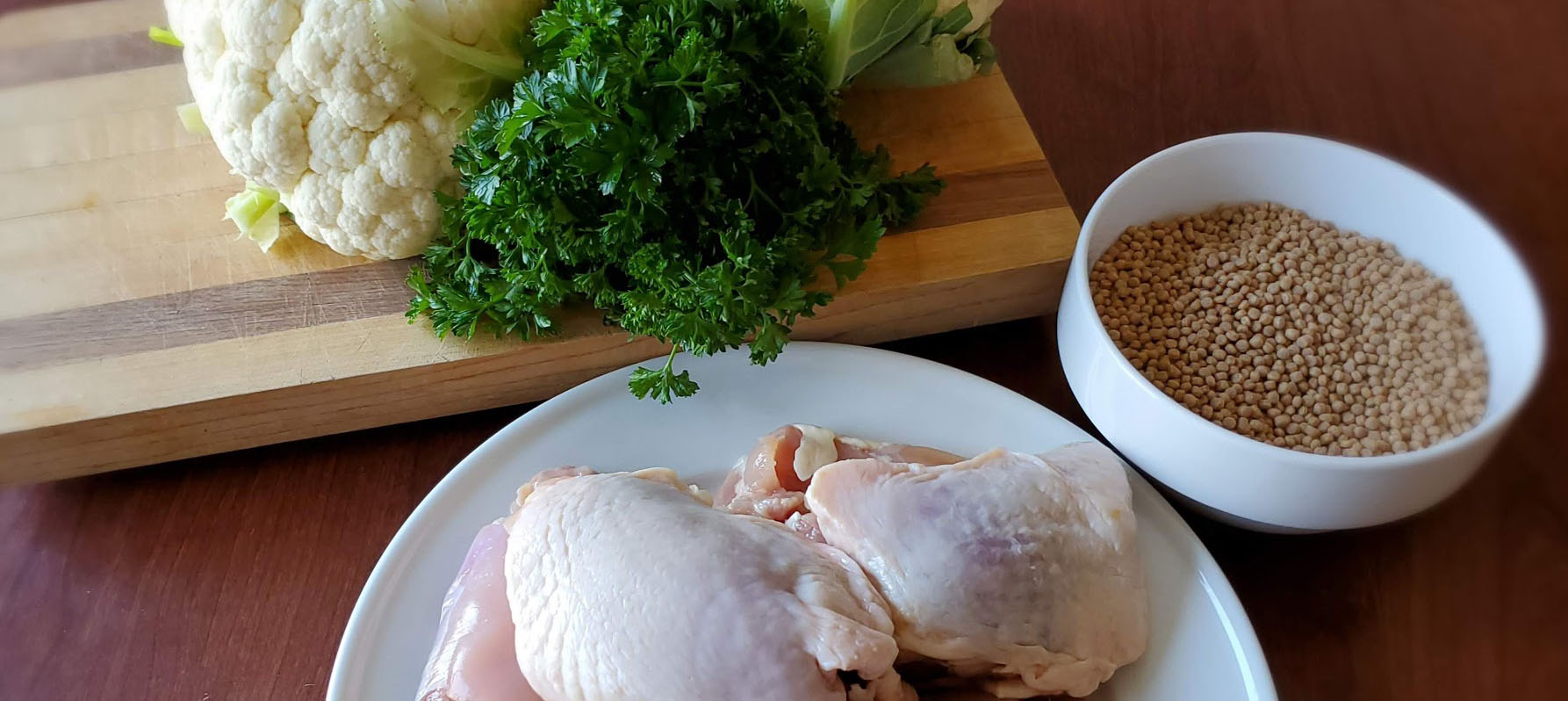
jennifer wheeler , I love your article! Thank you! I know how much effort you put into researching all this. I can’t wait for the follow up articles!
Who knew that 10 years ago when I was feeding my pups sheep’s head stew I was actually doing something that has been past down to me from generation to generation. I thought it was my family’s secret recipe :)
Fascinating article. Can’t wait for the next installment. Julie S (Maggie’s “mom”)